Buying Guide for the Best Budget Gaming Tv
Choosing a gaming TV involves understanding how different specifications can impact your gaming experience. The right TV can enhance your gameplay with better visuals, smoother motion, and more immersive sound. When selecting a gaming TV, consider the types of games you play, the gaming console or PC you use, and the environment in which you'll be gaming. This will help you prioritize certain features over others to find the best fit for your needs.ResolutionResolution refers to the number of pixels that make up the picture on the screen, with higher resolutions providing sharper and more detailed images. Common resolutions include Full HD (1080p), 4K (2160p), and 8K. For gaming, 4K is often preferred as it offers a significant improvement in picture quality over 1080p, especially on larger screens. However, if your gaming console or PC doesn't support 4K, or if you play games that don't benefit from higher resolutions, a 1080p TV might suffice. Consider your gaming setup and the types of games you play when choosing the resolution.
Refresh RateThe refresh rate is the number of times the TV updates the image on the screen per second, measured in hertz (Hz). A higher refresh rate can result in smoother motion, which is particularly important for fast-paced games. Common refresh rates are 60Hz, 120Hz, and 240Hz. For most gamers, a 120Hz TV is a good choice as it provides a noticeable improvement over 60Hz, especially in action-packed games. If you play competitive games or have a console that supports higher frame rates, you might benefit from a higher refresh rate.
Input LagInput lag is the delay between pressing a button on your controller and seeing the action on the screen. Lower input lag is crucial for a responsive gaming experience, especially in fast-paced or competitive games. Input lag is measured in milliseconds (ms), and a good gaming TV should have an input lag of 20ms or lower. When choosing a TV, look for models that offer a 'Game Mode' or similar feature, which reduces input lag by disabling certain image processing features.
HDR (High Dynamic Range)HDR enhances the contrast and color range of the TV, providing more vibrant and realistic images. This can make games look more immersive and visually stunning. There are different HDR formats, such as HDR10, Dolby Vision, and HLG. Most modern games support HDR, so having a TV with HDR capability can significantly enhance your gaming experience. Consider the types of games you play and whether they support HDR when deciding if this feature is important for you.
Screen SizeScreen size is a personal preference and depends on the space you have available and how far you sit from the TV. Larger screens can provide a more immersive experience, but it's important to choose a size that fits comfortably in your gaming area. A common guideline is to sit at a distance that is about 1.5 times the diagonal size of the TV. For example, if you have a 55-inch TV, sitting about 6.5 feet away is ideal. Consider your room size and seating arrangement when selecting the screen size.
ConnectivityConnectivity refers to the ports and wireless options available on the TV, which are important for connecting your gaming console, PC, and other devices. Look for TVs with multiple HDMI ports, preferably HDMI 2.1, which supports higher resolutions and refresh rates. Other useful ports include USB, Ethernet, and optical audio out. Additionally, consider wireless connectivity options like Bluetooth and Wi-Fi for streaming and connecting wireless peripherals. Ensure the TV has the necessary ports and connections for your gaming setup.
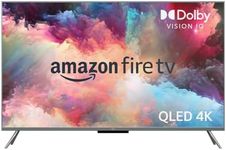
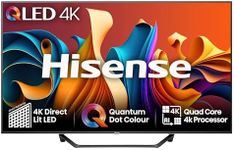
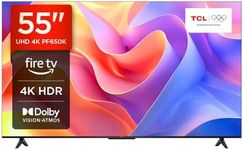

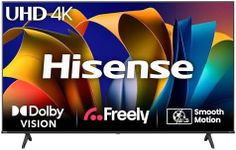


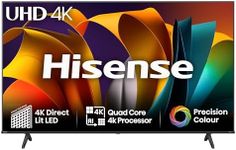
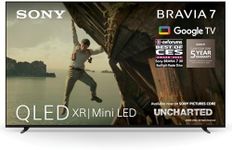

![LG 50UT73006LA 50-Inch 4K UHD Smart TV, α5 AI Processor Gen7, Freeview Play and Amazon Alexa, 60Hz, Ashed Blue [Model 2024]](https://images-proxy.bestreviews.guide/7zM5Epzv7K5hnA2-00lCj1LoNDg=/0x150/https://m.media-amazon.com/images/I/41Bl-wLsbpL._AC_CX679_.jpg)
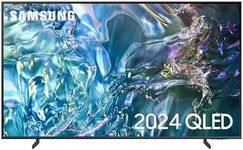

![LG 43QNED80T6A 43-Inch 4K UHD Smart TV, (α5 AI Processor Gen7, Freeview Play and Amazon Alexa, 60Hz) [Model 2024]](https://images-proxy.bestreviews.guide/S2fdbhu1C4ypLHXjG7noEVoyFuc=/0x150/https://m.media-amazon.com/images/I/51lh53Rx3VL._AC_CX679_.jpg)



